Top Sepedi Traditional Attire 2024 for Special Occasions
Top Sepedi Traditional Attire 2024 for Special Occasions

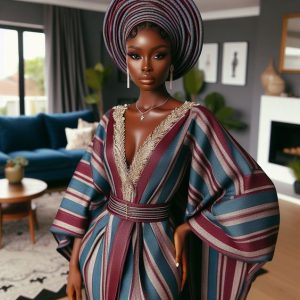

Introduction to Sepedi Traditional Attire
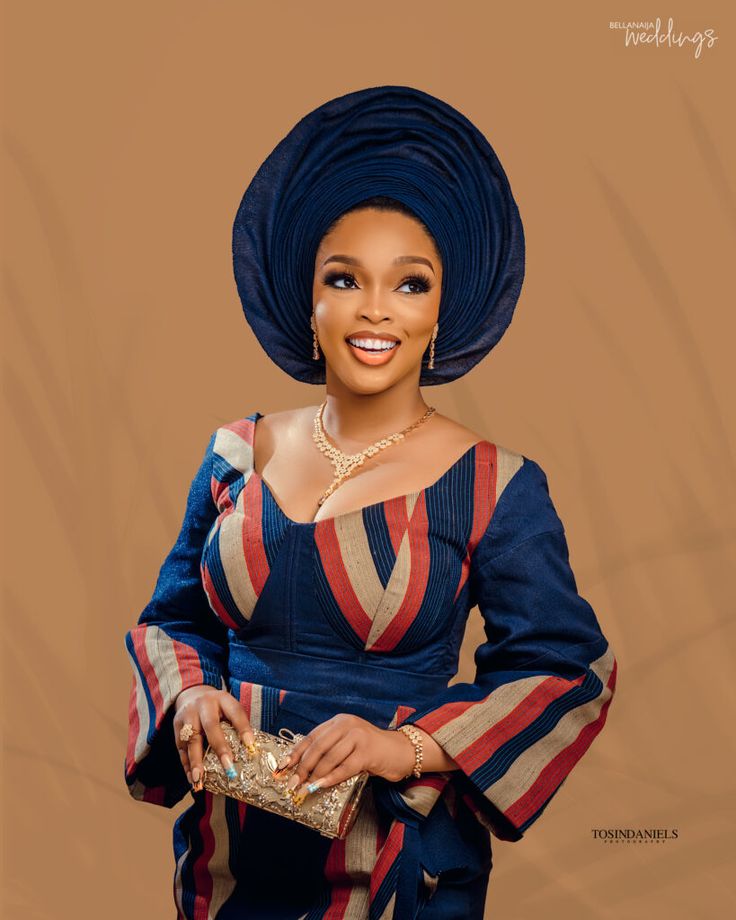
Overview of Sepedi Traditional Attire
Significance and cultural importance

Traditional Sepedi Wedding Attire
Traditional Sepedi Wedding Attire for the Bride
Traditional Sepedi Wedding Attire for the Groom
Sepedi Traditional Attire for Coming of Age Ceremonies
Attire for Sepedi Coming of Age Ceremonies for Girls
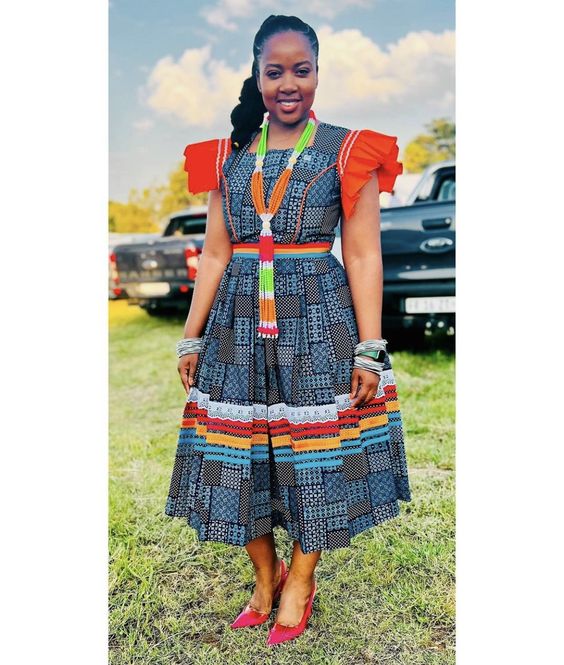
Attire for Sepedi Coming of Age Ceremonies for Boys
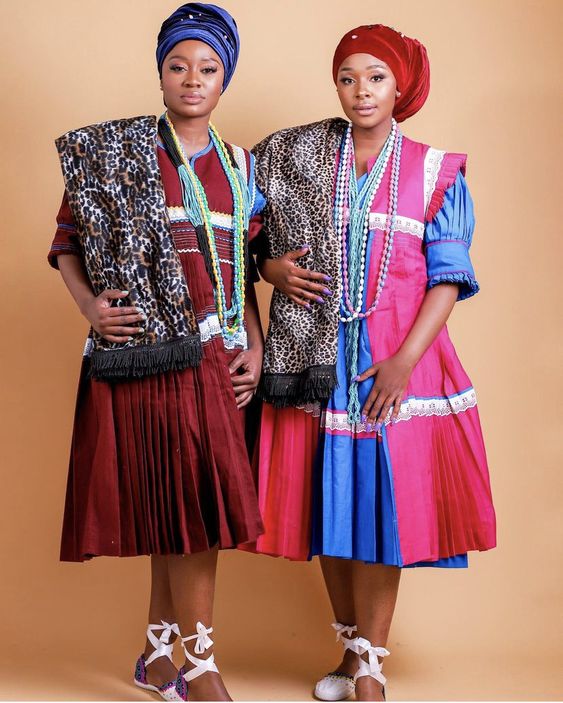


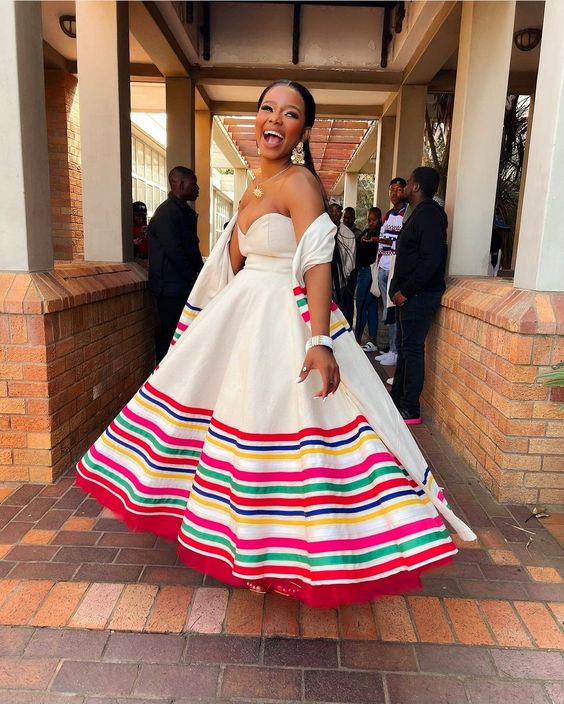
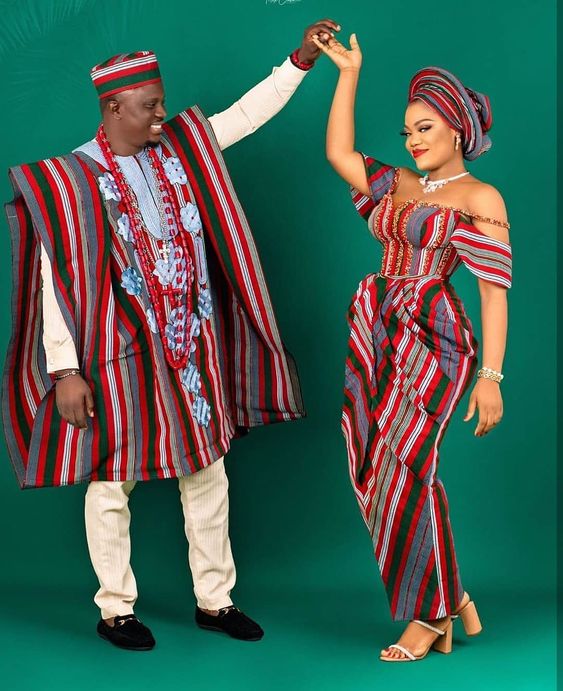
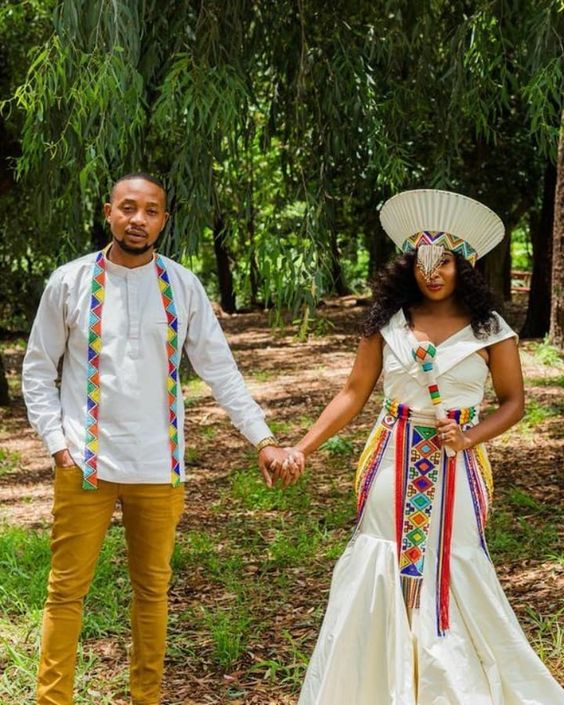

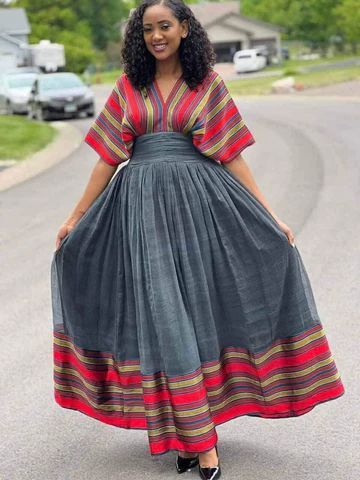

Comments are closed.